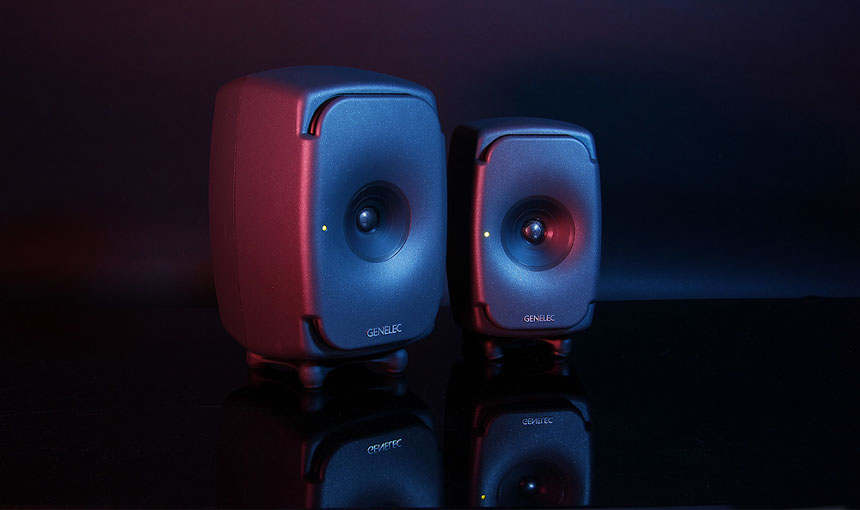Genelec Key Technology: Directivity Control Waveguide
7th Jul 2021
Genelec Directivity Control Waveguide (DCW) Technology Overview
Genelec monitor speakers are used in some of the best studios around the world and are known for giving you a true, uncoloured sound. So if you’re producing any sort of audio, regardless of what it is - pop music, TV & Film music, spoken word, sound effects etc, then you’ll hear it properly through a set of Genelecs, so you’ll know which parts need tweaking. One of the reasons why Genelec monitors provide such a flat response is their unique Directivity Control Waveguide (DCW) technology.
The DCW is designed specifically for each speaker and takes into consideration the frequency response and directivity characteristics of the drivers. So, it doesn’t matter which Genelec speaker you get - the performance will have been optimised specifically for that model. Their DCW technology was introduced in the early 80s and has been refined over more than 30 years. The idea behind DCW is to provide a better listening experience for those listening off and on axis, so, no, matter where in the room you are, you still get a flat frequency response. You also get a better direct-to-reflected sound ratio for reduced control room colouration and a better stereo image.

What Is DCW?
This is what Genelec say about it - “The DCW technology shapes the emitted wavefront in a controlled way, allowing predictable tailoring of the directivity (dispersion) pattern. To make the directivity uniform and smooth, the goal is to limit the radiation angle so that the stray radiation is reduced.” Essentially, if you’ve got more than one person in the control room listening to a mix, Genelec’s DCW technology means that everyone will hear a balanced and true representation of what is actually there, regardless of whereabouts they are stood.





